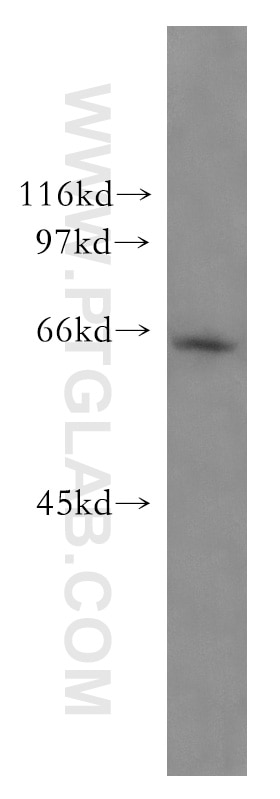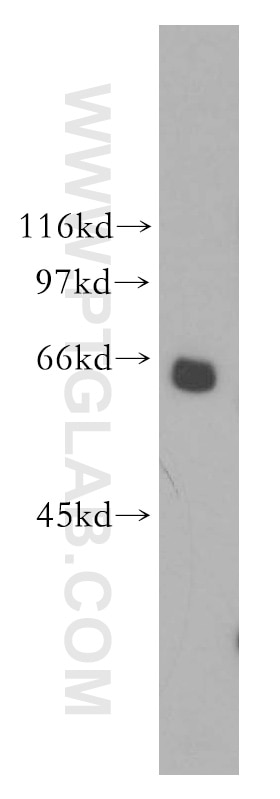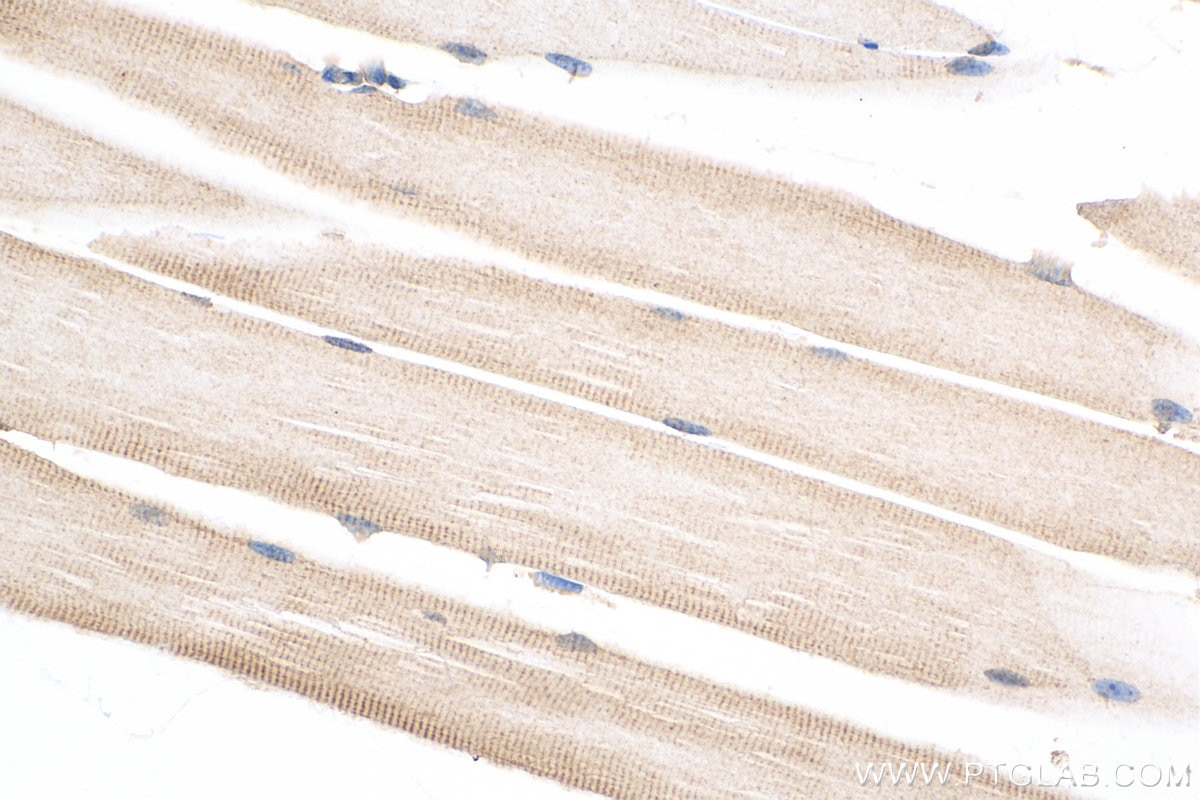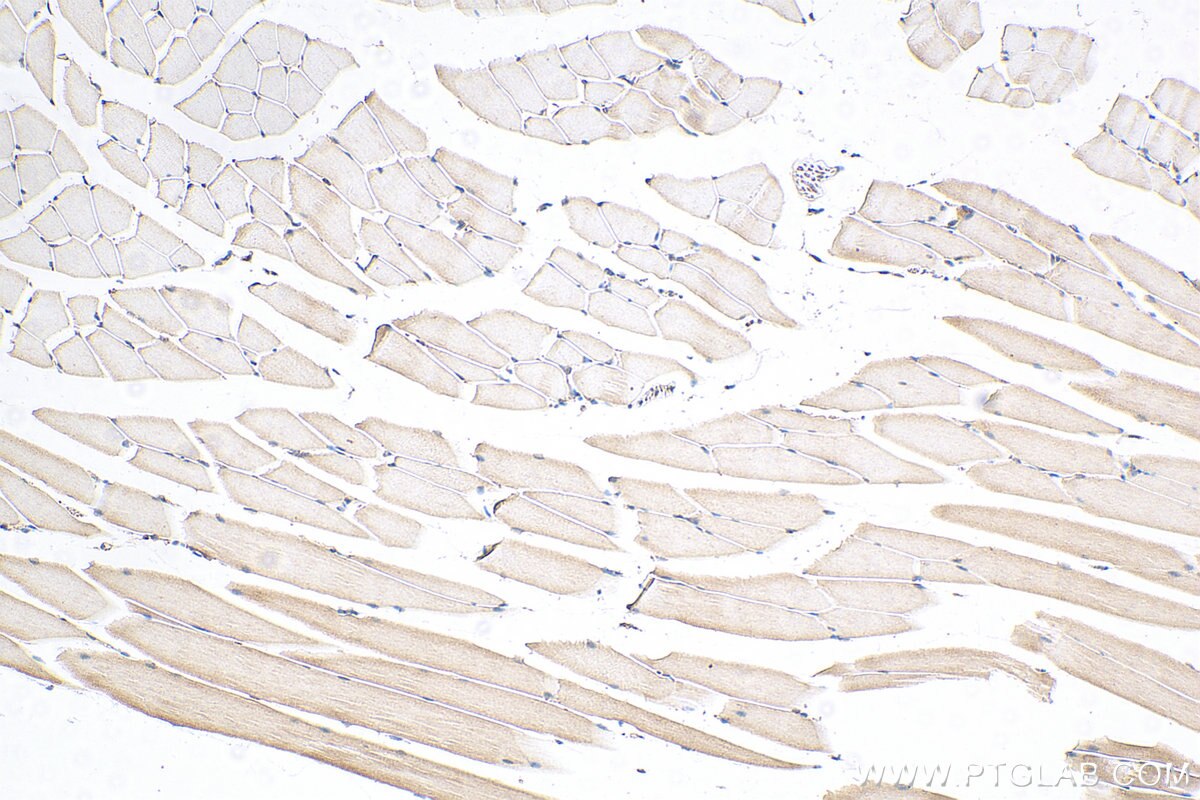- Featured Product
- KD/KO Validated
Mecr Polyclonal antibody
Mecr Polyclonal Antibody for WB, IHC, ELISA
Host / Isotype
Rabbit / IgG
Reactivity
mouse
Applications
WB, IHC, ELISA
Conjugate
Unconjugated
Cat no : 51025-2-Ig
Synonyms
Validation Data Gallery
Tested Applications
| Positive WB detected in | mouse skeletal muscle tissue, mouse heart tissue |
| Positive IHC detected in | mouse skeletal muscle tissue Note: suggested antigen retrieval with TE buffer pH 9.0; (*) Alternatively, antigen retrieval may be performed with citrate buffer pH 6.0 |
Recommended dilution
| Application | Dilution |
|---|---|
| Western Blot (WB) | WB : 1:500-1:2000 |
| Immunohistochemistry (IHC) | IHC : 1:200-1:800 |
| Sample-dependent, check data in validation data gallery | |
Published Applications
| KD/KO | See 1 publications below |
| WB | See 2 publications below |
Product Information
51025-2-Ig targets Mecr in WB, IHC, ELISA applications and shows reactivity with mouse samples.
| Tested Reactivity | mouse |
| Cited Reactivity | mouse |
| Host / Isotype | Rabbit / IgG |
| Class | Polyclonal |
| Type | Antibody |
| Immunogen | Peptide 相同性解析による交差性が予測される生物種 |
| Full Name | mitochondrial trans-2-enoyl-CoA reductase |
| Calculated molecular weight | 40 kDa |
| Observed molecular weight | 65 kDa |
| GenBank accession number | BC003864 |
| Gene symbol | Mecr |
| Gene ID (NCBI) | 26922 |
| RRID | AB_1167469 |
| Conjugate | Unconjugated |
| Form | Liquid |
| Purification Method | Protein A purification |
| Storage Buffer | PBS with 0.02% sodium azide and 50% glycerol pH 7.3. |
| Storage Conditions | Store at -20°C. Stable for one year after shipment. Aliquoting is unnecessary for -20oC storage. |
Protocols
| Product Specific Protocols | |
|---|---|
| WB protocol for Mecr antibody 51025-2-Ig | Download protocol |
| IHC protocol for Mecr antibody 51025-2-Ig | Download protocol |
| Standard Protocols | |
|---|---|
| Click here to view our Standard Protocols |
Publications
| Species | Application | Title |
|---|---|---|
Redox Biol Non-electron transfer chain mitochondrial defects differently regulate HIF-1α degradation and transcription.
| ||
Biochem Biophys Res Commun The mitochondrial fatty acid synthesis (mtFASII) pathway is capable of mediating nuclear-mitochondrial cross talk through the PPAR system of transcriptional activation. |





